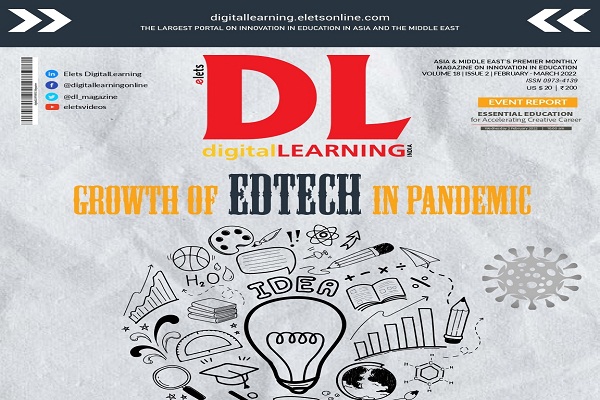Monitoring and Evaluation of ICT in Education Projects :
A Handbook for Developing Countries Daniel A. Wagner, Bob Day, Tina James, Robert B. Kozma, Jonathan Miller & Tim Unwin Publication: infoDev, 2005 A Handbook for Developing Countries – is intended as an ntroduction and guide for busy policymakers and practitioners grappling with how to understand and assess the ICT-related investments underway in the education sector. The handbook comprehensively covers a domain of interests to help decision makers to develop a stronger knowledge base through Monitoring and Evaluation to make better investment and innovation decisions in ICT in education.
The challenges facing education systems in most of the developing world are formidable. Evidently, in recent years ICTs are being regarded as the solution to most of these challenges. ICTs are being used widely to aid education in many developing countries. However in view of the resource constraints in most of these developing countries, there may be potential great risks associated with ICT use in education in developing countries. Relatively little is actually known about the effectiveness of investments in ICTs in education in promoting educational reform in general. Little hard evidence and consensus exist on the proper, costeffective utilization of ICTs to meet a wide variety of some of the most pressing educational challenges The power of ICTs as enablers of change (for good, as well as for bad is undeniable but if policy advice related to ICT use in education is to be credible, it need to be backed up by a rich database of lessons learned, impact evaluations and cost data. The Monitoring and Evaluation of ICTs in Education handbook is specifically designed to meet the needs of developing countries and to answer some pertinent questions of implementation fidelity of an intervention. The handbook would help decision maker to understand the outcomes of intervention in terms student learning and new skills learnt, teachers outcomes with respect to development of technology skills and new pedagogical approaches and other outcomes in terms of increased innovativeness in scho l and increased access of the community to adult education and literacy (chapter two). The decision maker would also be able to identify ‘Core Indicators for Monitoring and Evaluation Studies for ICT in Education’ (chapter three) that relates to specific components of the ICT intervention and their implementation, and include both input variabls (such as classroom ICT resources, teacher training, and classroom pedagogy), as well as output variables (such as student learning of chool subject, learning of ICT skills, and “21st century” skills. The chapter on ‘Developing a Monitoring and Evaluation Plan for ICT in Education’ would help policy-makers in understanding ways to assess results at the end as related to the original objectives set for the project through appropriate, realistic andmeasurable indicators. Policymakers would also understand the need of ‘Capacity Building and Management in ICT for Education’ (chapter five) to develop the appropriate skills to deliver these programs effectively.The chapter on Pro-EquityApproaches to Monitoring and Evaluation: Gender, Marginalized Groups and Special eeds Populations’ guides decisionmakers to be inclusive in their approaches. Chapter seven discusses the ‘Dos and Don’ts in Monitoring nd Evaluation’ that identifies what decision-makers should do to enhance the impact and effectiveness of ICT4E programs and the oncomitant things that one should not do. In short, the book is an one top guide for policy makers and practitioners on how to evaluate ICT nd Education Initiatives. ?






















